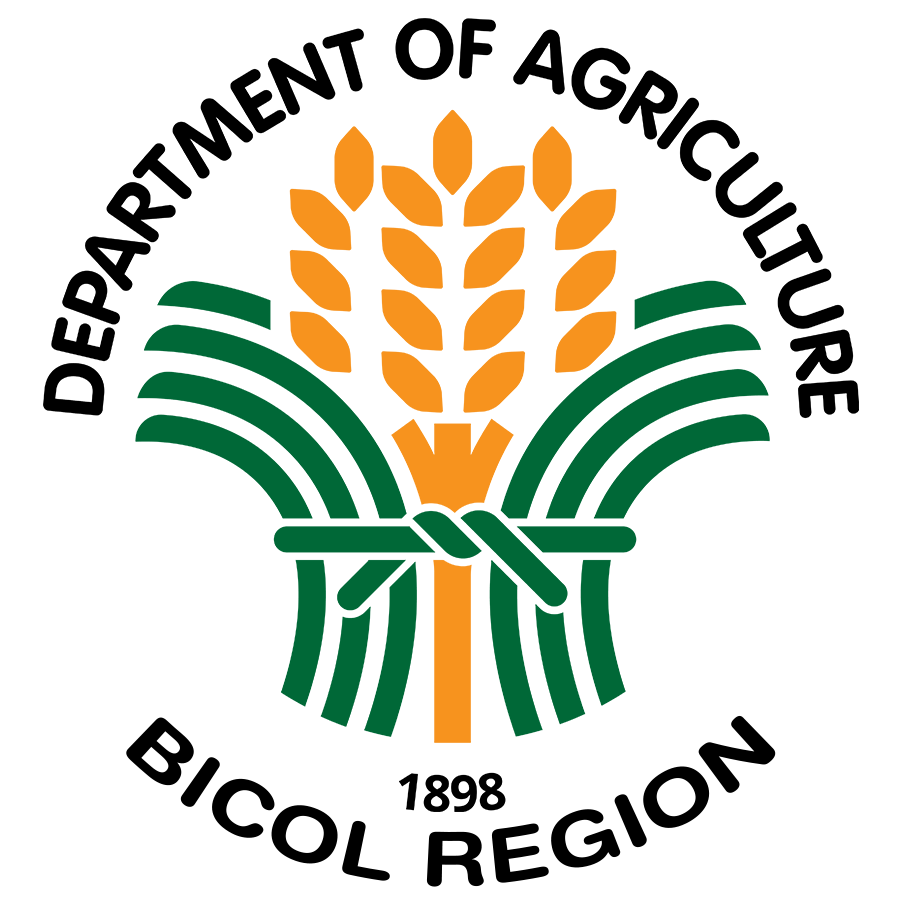LEGASPI CITY – DA Bicol hosted the Workshop on AMIA Decision Support Tools and Development Pathway held in a hotel in this city in Albay on April 17-20, 2023. The weeklong workshop was attended by AMIA focal persons, technical staff and Planning Officers from all the regions of the country.
Dir. Alicia Ilaga, Director of Climate Resilient Agriculture Office (CRAO) based at DA Central Office in Quezon City delivered a message via online platform. Dir. Ilaga reiterated the need to complete the remaining 13 provinces without CRVA. Currently, CRVA is mainstreamed and being used by DA Planners.
Perla Baltazar, Senior Technical Officer of CRAO said that there is a need to capacitate the DA personnel on Climate Risk Vulnerability Assessment (CRVA). “These are maps. The CRVA is a tool where climate projections are embedded in these maps. Kaya ito magsisilbing guide for our planning and investments in the future,” she said.
Luz R. Marcelino, Regional Technical Director for Operations in her message, recalled their experiences in the establishment of the first AMIA village in Bicol located in barangay Cagbunga, Pamplona, Camarines Sur. “The most significant contribution of AMIA 2+ in 2019 was the development of the Climate Information System which was rolled out in the different regions of the Philippines,” she added.Lorenzo Alvina, AMIA focal person of DA Bicol welcomed the participants. He said that effective communication and popularizing CRVA at the Local Government Units are crucial in inclusion in the annual plans and budgets at the LGU level to mitigate the impacts of climate change.
There are 14 AMIA villages in the Bicol Region as of this writing. Two in Albay, located in Joroan, Tiwi and Marigondon, Pio Duran; two in Camarines Norte – located in Labnig, Paracale and Alayao, Capalonga; three in Camarines Sur, located in Cagbunga, Tampadong, and Veneracion, all in Pamplona; two in Catanduanes, located in Peñafrancia, Viga and Biong, Gigmoto; two also in Masbate, located in Alas, Mandaon and San Mateo, Uson; and two also in Sorsogon province located in San Isidro, Prieto Diaz and Dinapa, Castilla.These AMIA sites were selected due to their vulnerability to extreme weather conditions such as flooding, saline water intrusion, landslide or drought prone areas.
Various value-added products of the AMIA villages were displayed in an exhibit during the workshop.
Zelso dela Cruz, CRAO Project Development Officer presented the AMIA Pathway. Jane Girly Balanza, Geospatial Analyst and Data Management Specialist of CIAT discussed the overview and how to conduct the Climate Risk Vulnerability Assessment (CRVA) such as the exposure to changes in temperature and precipitation (crop occurrence, suitability and sensitivity). Dr. Roscinto Ian Lumbre, Professor IV and concurrent Director of the Center for Geoinformatics, Benguet State University discussed Assessing Hazard Risk and Generating Hazard Index Maps; Carl Earvin Carada, GIS specialist at UPLBI FI, discussed the Conduct of Vulnerability Assessment. (Lovella P. Guarin RAFIS 5)
DA Bicol hosts national workshop on Adaptation-Mitigation Initiatives in Agriculture
LEGASPI CITY – DA Bicol hosted the Workshop on AMIA Decision Support Tools and Development Pathway held in a hotel in this city in Albay on April 17-20, 2023. The weeklong workshop was attended by AMIA focal persons, technical staff and Planning Officers from all the regions of the country.
Dir. Alicia Ilaga, Director of Climate Resilient Agriculture Office (CRAO) based at DA Central Office in Quezon City delivered a message via online platform. Dir. Ilaga reiterated the need to complete the remaining 13 provinces without CRVA. Currently, CRVA is mainstreamed and being used by DA Planners.
Perla Baltazar, Senior Technical Officer of CRAO said that there is a need to capacitate the DA personnel on Climate Risk Vulnerability Assessment (CRVA). “These are maps. The CRVA is a tool where climate projections are embedded in these maps. Kaya ito magsisilbing guide for our planning and investments in the future,” she said.
Luz R. Marcelino, Regional Technical Director for Operations in her message, recalled their experiences in the establishment of the first AMIA village in Bicol located in barangay Cagbunga, Pamplona, Camarines Sur. “The most significant contribution of AMIA 2+ in 2019 was the development of the Climate Information System which was rolled out in the different regions of the Philippines,” she added.Lorenzo Alvina, AMIA focal person of DA Bicol welcomed the participants. He said that effective communication and popularizing CRVA at the Local Government Units are crucial in inclusion in the annual plans and budgets at the LGU level to mitigate the impacts of climate change.
There are 14 AMIA villages in the Bicol Region as of this writing. Two in Albay, located in Joroan, Tiwi and Marigondon, Pio Duran; two in Camarines Norte – located in Labnig, Paracale and Alayao, Capalonga; three in Camarines Sur, located in Cagbunga, Tampadong, and Veneracion, all in Pamplona; two in Catanduanes, located in Peñafrancia, Viga and Biong, Gigmoto; two also in Masbate, located in Alas, Mandaon and San Mateo, Uson; and two also in Sorsogon province located in San Isidro, Prieto Diaz and Dinapa, Castilla.These AMIA sites were selected due to their vulnerability to extreme weather conditions such as flooding, saline water intrusion, landslide or drought prone areas.
Various value-added products of the AMIA villages were displayed in an exhibit during the workshop.
Zelso dela Cruz, CRAO Project Development Officer presented the AMIA Pathway. Jane Girly Balanza, Geospatial Analyst and Data Management Specialist of CIAT discussed the overview and how to conduct the Climate Risk Vulnerability Assessment (CRVA) such as the exposure to changes in temperature and precipitation (crop occurrence, suitability and sensitivity). Dr. Roscinto Ian Lumbre, Professor IV and concurrent Director of the Center for Geoinformatics, Benguet State University discussed Assessing Hazard Risk and Generating Hazard Index Maps; Carl Earvin Carada, GIS specialist at UPLBI FI, discussed the Conduct of Vulnerability Assessment. (Lovella P. Guarin RAFIS 5)
